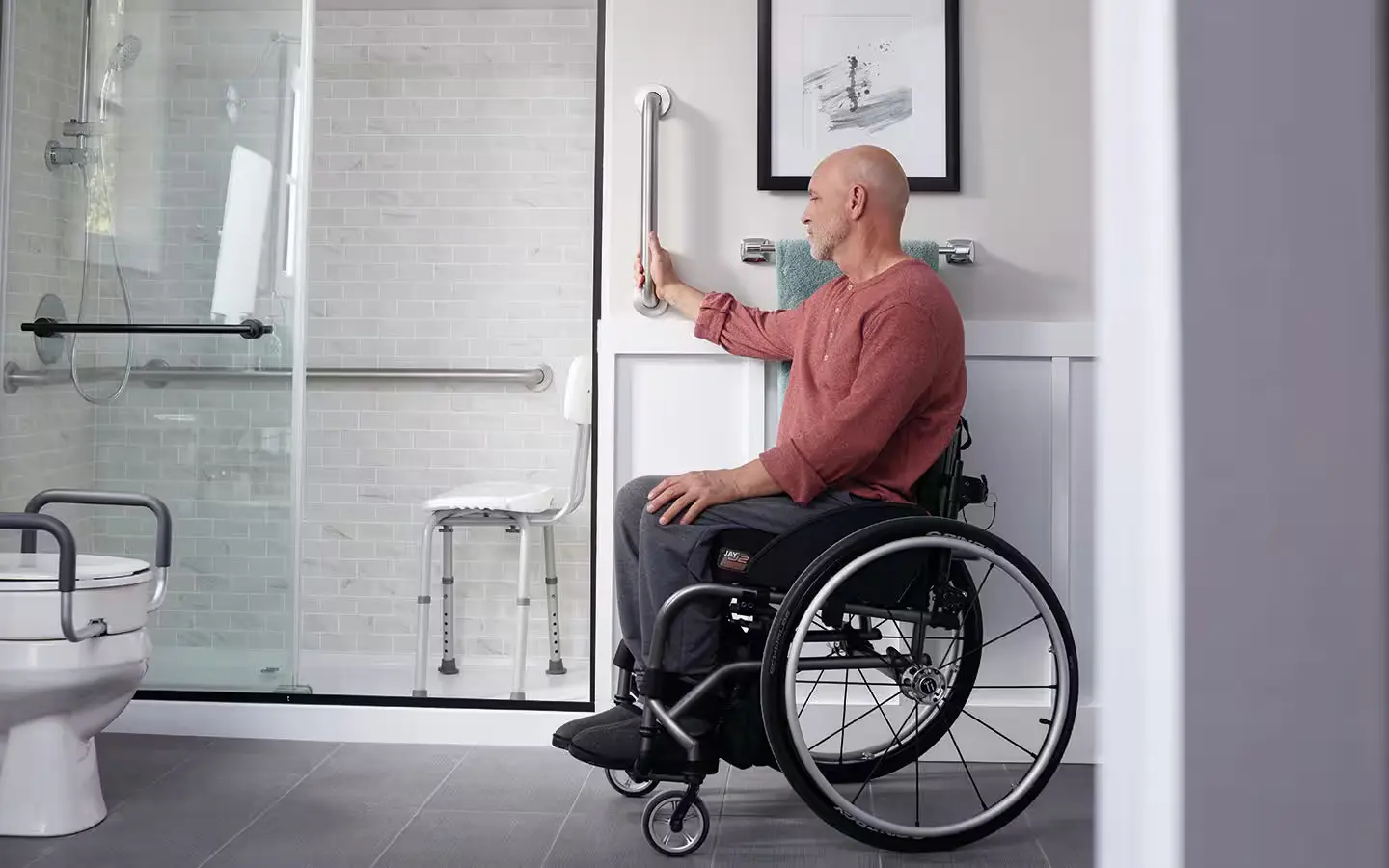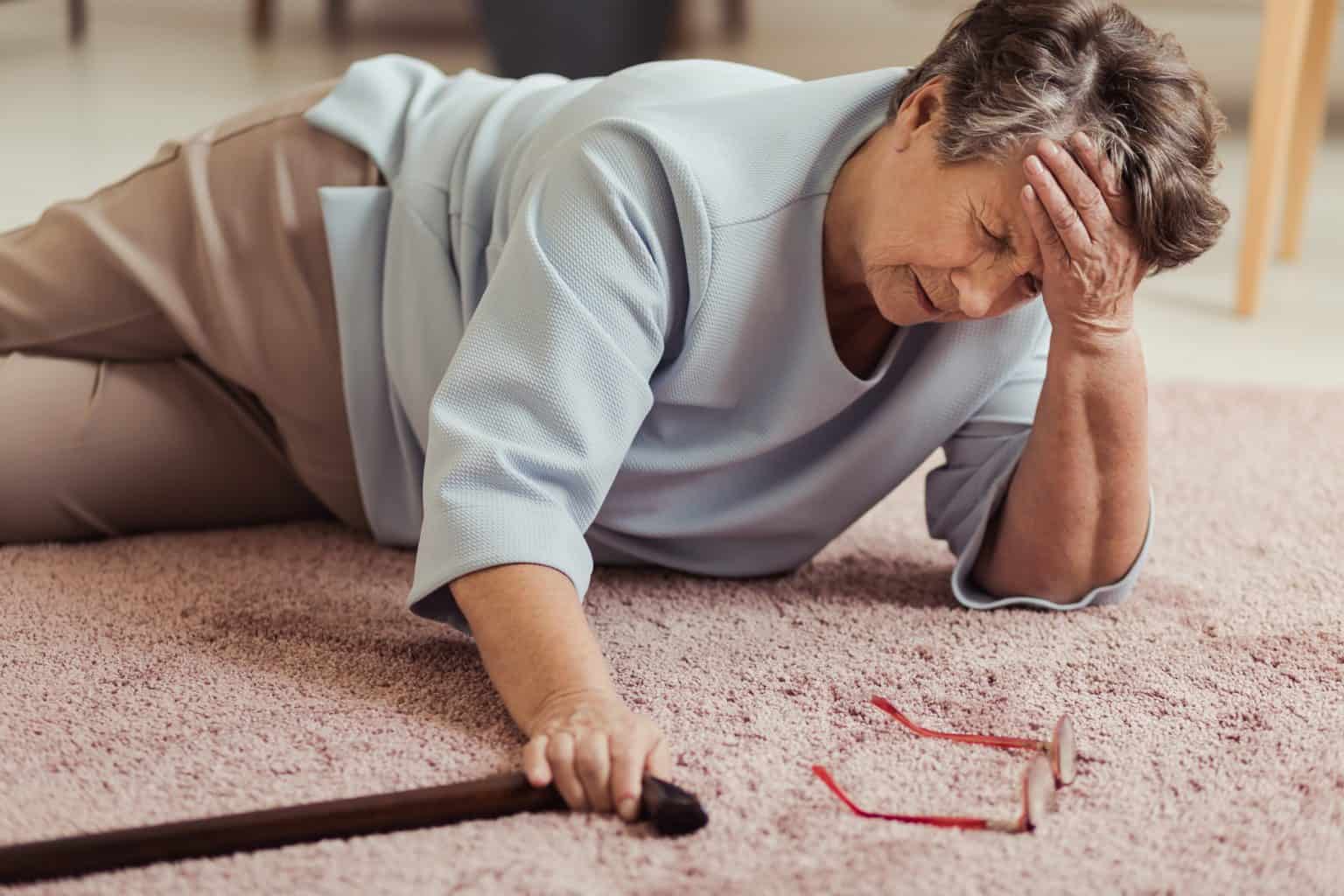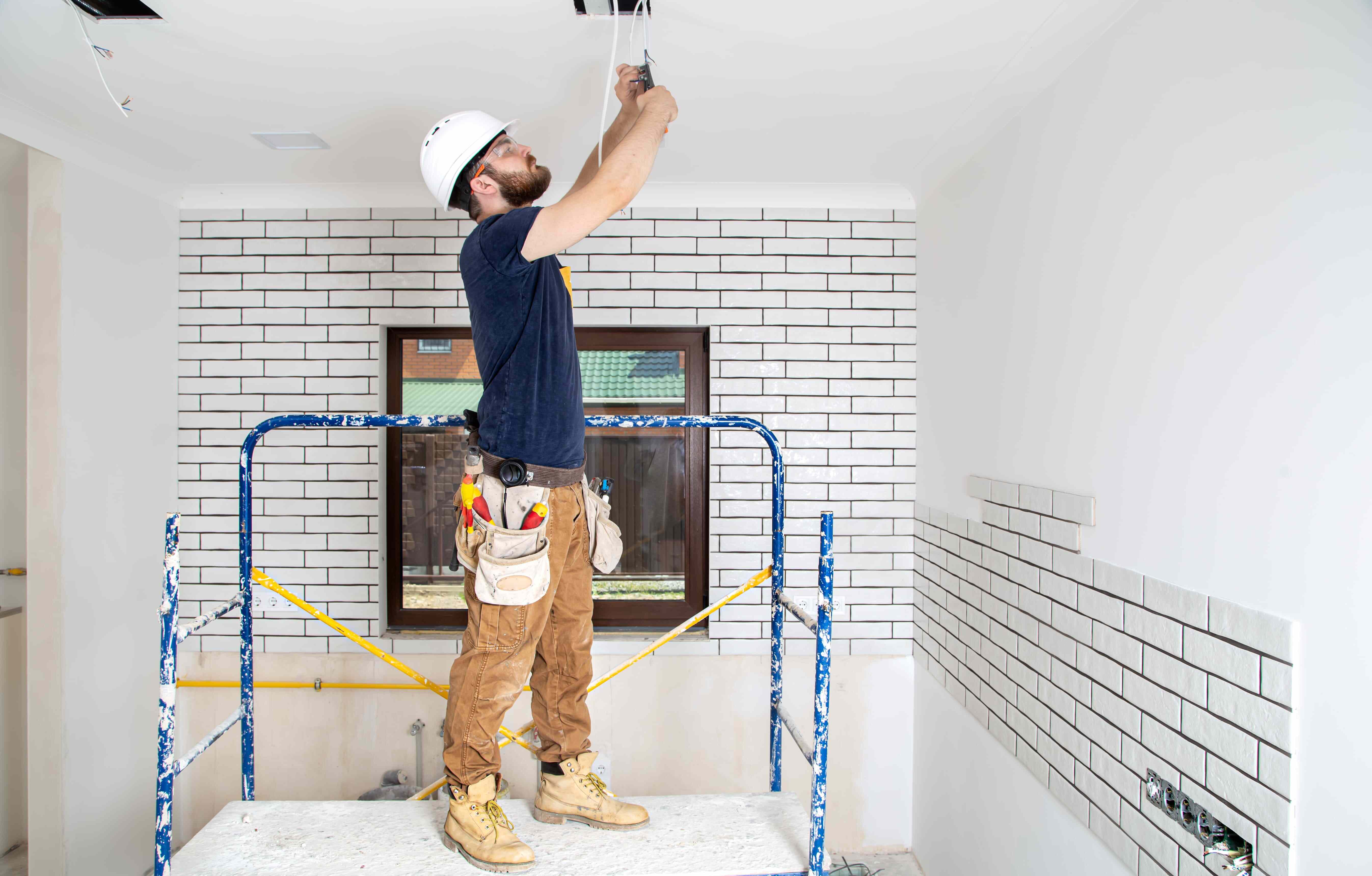1. The Intersection of Design and Longevity: A Melbourne Perspective The narrative of interior design in Melbourne is undergoing a sophisticated transformation, moving away...
7 Common Handicap Bathroom Remodel Issues and Fixes
A bathroom remodel sounds exciting, right? But when you’re aiming for a handicap bathroom remodel, things can get tricky fast. Whether you’re planning for ageing-in-place, mobility support, or just want a safer, smarter space, there are pitfalls that often catch homeowners off guard. I’ve seen it all in Melbourne and today, I’m going to walk you through 7 common issues and exactly how to fix them.
1. Inadequate Space for Mobility
One of the biggest headaches? Space. Wheelchairs, walkers, or just the need to move safely can be seriously restricted in a poorly planned layout.
Fix:
- Ensure clear floor space of at least 1.5m x 1.5m around fixtures.
- Consider wall-mounted sinks or floating vanities to free up legroom.
- Sliding doors instead of swinging doors can save precious centimetres.
2. Slippery Floors and Unsafe Surfaces
Wet tiles can turn your bathroom into a hazard zone overnight. Many homeowners underestimate the risk.
Fix:
- Use non-slip tiles or vinyl flooring designed for bathrooms.
- Add bath mats with suction for extra grip.
- Ensure gentle slopes for water drainage to avoid puddles.
3. Poorly Placed Grab Bars
Grab bars are lifesavers—but only if they’re in the right spot. Misplaced bars can make your bathroom more awkward than safe.
Fix:
- Place grab bars horizontally near toilets and vertically near showers.
- Ensure bars are rated to hold at least 120kg.
- Check height standards for seniors or wheelchair users.
When considering remodels for older adults, you can also explore bathroom modifications for elderly to ensure every grip and handle is functional and safe.
4. Inaccessible Showers and Tubs
Standard tubs can be a nightmare for someone with limited mobility. Climbing in and out increases fall risks.
Fix:
- Opt for walk-in showers or low-threshold tubs.
- Install a shower seat or fold-down bench.
- Use handheld showerheads for better reach and control.
5. Insufficient Lighting
Dim bathrooms aren’t just moody—they’re dangerous. Shadows hide edges and create tripping hazards.
Fix:
- Use bright LED overhead lights combined with task lighting around mirrors.
- Consider motion-sensor night lights to guide safe nighttime trips.
- Avoid glare or reflective surfaces that can obscure vision.
6. Poor Storage Solutions
Cluttered bathrooms are risky. Items strewn around can block pathways or make movement difficult.
Fix:
- Incorporate wall-mounted storage to keep floors clear.
- Use pull-out drawers for easy access.
- Label frequently used items and keep them within arm’s reach.
7. Not Following Regulations and Accessibility Standards
Skipping local building codes is more common than you’d think—and it can have legal and safety repercussions.
Fix:
- In Victoria, follow Australian Standards AS1428 for accessibility.
- Consult local council regulations for bathroom modifications.
- Hire licensed contractors to ensure compliance. For government guidance, check the Victorian Government’s accessibility resources for bathroom renovations.
Quick Comparison Table: Common Issues vs. Recommended Fixes
| Issue | Recommended Fix |
|---|---|
| Limited mobility space | Clear floor space, wall-mounted fixtures, sliding doors |
| Slippery floors | Non-slip tiles, mats, proper drainage |
| Poor grab bar placement | Correct height & position, rated bars |
| Hard-to-access showers | Walk-in showers, foldable seats, handheld showers |
| Dim lighting | Bright LEDs, task lights, motion sensors |
| Cluttered storage | Wall-mounted storage, pull-out drawers, arm’s reach placement |
| Regulatory issues | Follow AS1428 & local council guidelines |
Conclusion
A handicap bathroom remodel doesn’t have to be stressful. With careful planning, the right fixtures, and attention to detail, you can create a bathroom that’s safe, stylish, and functional. Melbourne homeowners, take note: small adjustments today can save major headaches tomorrow.
If you’re thinking about a remodel, take the time to plan properly, consult professionals, and invest in quality fixtures. Your future self (and your feet) will thank you.
FAQs
How much does a handicap bathroom remodel cost in Melbourne?
Costs vary depending on size, materials, and modifications. On average, you can expect $10,000–$25,000 for a fully accessible bathroom.
Can I DIY a handicap bathroom remodel?
Some upgrades, like installing grab bars or non-slip mats, can be DIY. Major plumbing, tiling, or walk-in shower installation should be handled by licensed professionals.
How do I make a small bathroom wheelchair-friendly?
Focus on space optimisation, sliding doors, wall-mounted fixtures, and foldable shower seats. Every centimetre counts.
What government resources help with bathroom accessibility?
Victoria provides guidance via the Victorian Government accessibility resources for safe and compliant home modifications.




